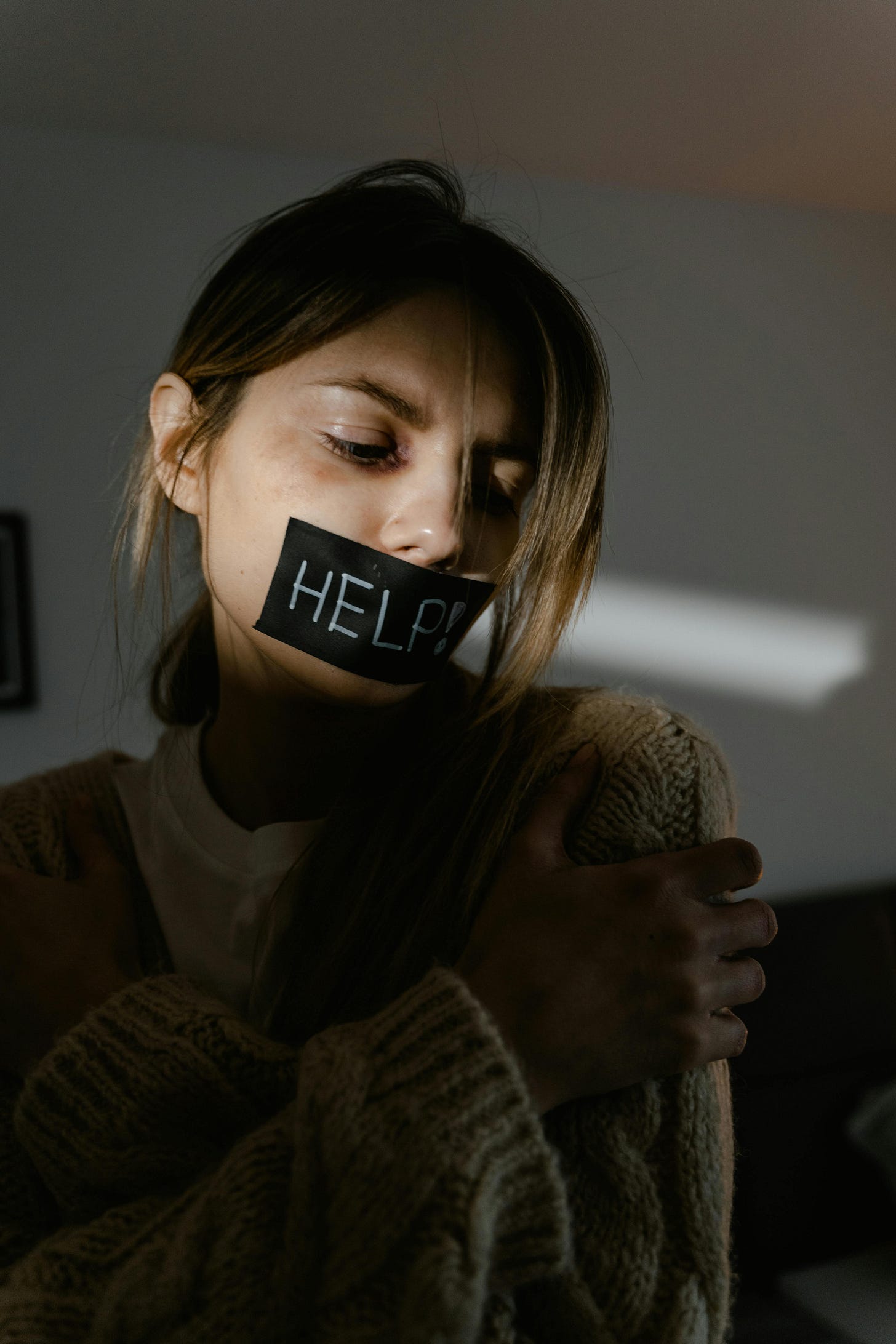Tween girls are now self-harming almost as much as 15- to 19-year-olds
The surprises in the post-pandemic data, including for Gen Alpha
For the last decade, the news around teen mental health has been uniformly terrible. Loneliness, depression, and unhappiness skyrocketed, as did behaviors linked to depression such as self-harm and suicide. But until recently, we didn’t know how things improved (or didn’t) in the post-pandemic years when life began to return to normal. With U.S. data from 2023 rolling in, we’re finally getting a clearer view of teen mental health post-pandemic.
This month saw the release of the CDC data on non-fatal injuries, which includes self-harm behaviors such as cutting. Since the CDC tracks only cases seen in the emergency room, which are likely to be the most serious cases. Self-harm is much more common among girls than among boys, so I’m going to focus on girls in this post.
First, the good news: Emergency room admissions for self-harm behaviors declined steeply between 2022 and 2023 among 15- to 19-year-old girls (see Figure 1). The not-so-good news: That brought rates back to where they were in 2019, which was nearly twice as high as where they were in 2009. So even with schools, movie theaters, sports events, and social events returning to normal after the pandemic, high school age girls were still self-harming at rates higher than those in most of the 2010s. The pattern is very similar to the data for depressive symptoms, with a noticeable rise during the pandemic years and then a correction – but a correction back to 2019, not to 2009 (see Figure 1).
Figure 1: Rates of emergency room admissions for self-harm, U.S. girls, 2001-2023. Source: CDC.
The really bad news: Rates of self-harm among 10- to 14-year-old girls hardly fell at all between 2022 and 2023. Five times more 10- to 14-year-old girls were admitted to the emergency room for self-harm in 2023 compared to 2009. Tween girls’ rates of self-harm are getting closer and closer to the rates for older girls. And keep in mind: This is a group who’s mostly still in elementary or middle school (the youngest are in 4rd grade, and the oldest in 9th grade).
Self-harm rates among 10- to 14-year-old girls were 55% higher in 2023 than they were in 2019. We can see this by graphing self-harm rates without the pandemic years (2020, 2021, and 2022). When we do that, the line for 10- 14-year-olds is straight up between 2016 and 2023 (see Figure 2). If we define Generation Alpha as born starting in 2009 or 2010, as some do, these statistics also give us an early view of Alphas’ mental health — and it’s unfortunately not turning around Gen Z’s trends.
Figure 2: Rates of emergency room admissions for self-harm, U.S. girls, 2001-2023, excluding 2020-2022. Source: CDC.
Perhaps the pandemic had a delayed effect. If so, though, why would that appear only among 10- to 14-year-olds, and not among 15- to 19-year-olds?
There’s another possible explanation: Social media use has increased more in this younger group compared to the older one. Not that long ago, it was rare for 10- to 12-year-olds to be on social media. It’s actually the law that 12-and-unders can’t have their own accounts – but that is rarely enforced. Kids in this age group are now routinely on TikTok, Snapchat, and Instagram.
In just two years, from 2019 to 2021, social media use among 8 to 12-year-olds increased from 31% to 38%, according to Common Sense Media. Assuming that uptick continued through 2023, it might help explain why self-harm didn’t decline much in this age group even as things got back to normal after the pandemic.
I’d welcome other theories about why self-harm is still so high among 10- to 14-year-old girls even as it declined among older teen girls. What do you think?





I don't want to keep posting lengthy refutations on here. So, those interested in my completely different views pointing to solid CDC survey, hospital ER, and mortality figures convincingly showing social media is not driving teen girls' trends, please go to https://mikemales.substack.com/p/new-figures-quantify-teenagers-self It's free, and worth every penny.